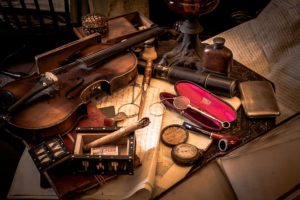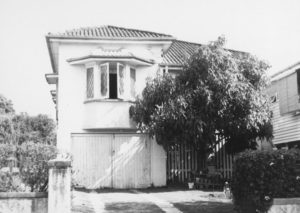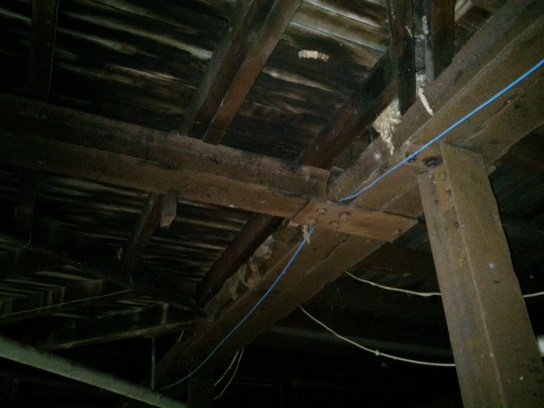 Caylie Jeffery - Under the Lino
Caylie Jeffery - Under the Lino
Caylie talked about her project and book "Under the Lino". What started out as her desire to learn more about the home she renovated and lived in with her family turned into a group of eager detective hunters. In the 1990's when she removed the lino during renovations of her 1912 Queenslander home, she discovered three bank books from the 1940's and 1950's. Many years down the track she decided to find out the story of her home and the mysterious bank books. This took her on an incredible journey with many others joining her in the search to find the answers. She was in awe at how her search to find the truth led to a mystery being solved. A community had been created. Caylie was an engaging speaker and I can't wait to have time to sit down and read the book I purchased. Grab a copy of her book, Under the Lino, today!
Marianne Taylor - The House Detective
 The next speaker, Marianne Taylor, another enthusiastic presenter. Marianne shared some of the more scandalous stories she has discovered in her job as The House Detective. Bigamy and murder featured in this talk as she walked us through the processes she used to find out the story of the homes. Marianne has turned her passion for history and mystery into a full-time career helping people discover their home's story. You can read about some of the homes she has researched on her website The House Detective.
The next speaker, Marianne Taylor, another enthusiastic presenter. Marianne shared some of the more scandalous stories she has discovered in her job as The House Detective. Bigamy and murder featured in this talk as she walked us through the processes she used to find out the story of the homes. Marianne has turned her passion for history and mystery into a full-time career helping people discover their home's story. You can read about some of the homes she has researched on her website The House Detective.
Carmel Black - The Anzac Cottages

Helen Bennett - Modernity in suburbia: Brisbane houses in the 1920's and 1930's
Helen's talk on the changing look and expectations for housing in Brisbane in the inter-war period was informative. Many people were wanting larger, modern homes and homes from the 1914's were just considered outdated. She found some great images of the development of modern conveniences such as kitchens and bathrooms and the rapid changes in these during this period.Stephanie Ryan - The Corley Explorer, State Library of Queensland


Department of Environmental and Science Heritage Branch - Queensland Heritage

Annabel Lloyd - Researching Houses, Brisbane City Council Archives


I love this article about the houses you have included here. Thank you so much for sharing this with us. I had never thought about researching history of homes to find out family information. However, after this article, it does make sense to do that. There is one family house that I have heard quite a lot about as I was growing up. It is a house that my great-grandparents lived in when they moved to Ohio. I will definitely consider finding out more about that house. It would make sense as I am doing my family history to see what mysteries I may be able to find.
Will you write more about house histories on your site? I would love to find out what else you discover.
Kind regards,
Yvette
Hello Yvette
I am glad you found this article interesting and helpful. I am currently undertaking a house history of a home I love, “Rockmount” which I wrote a bit about in Close Up I hope to have a much more detailed story about this house in the near future.
Regards
Megan